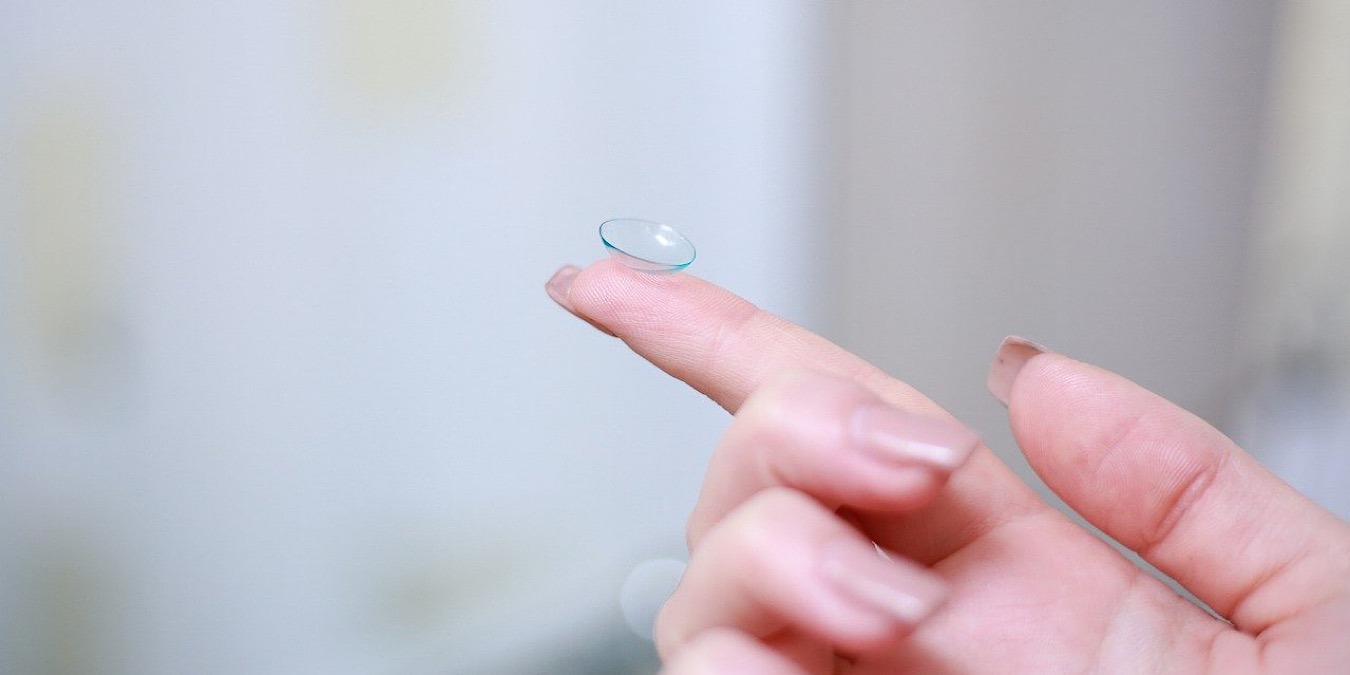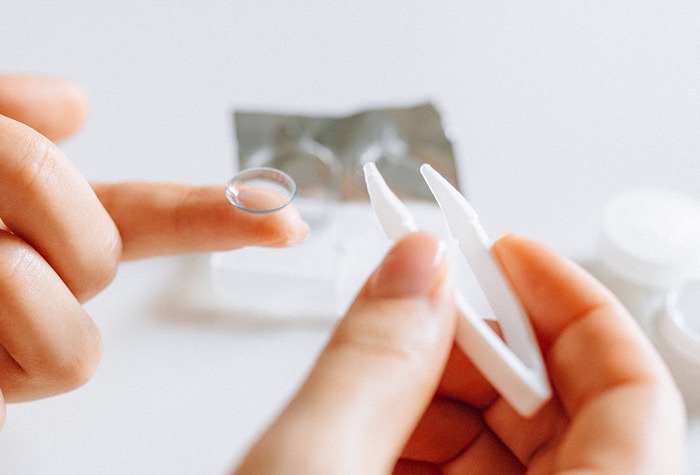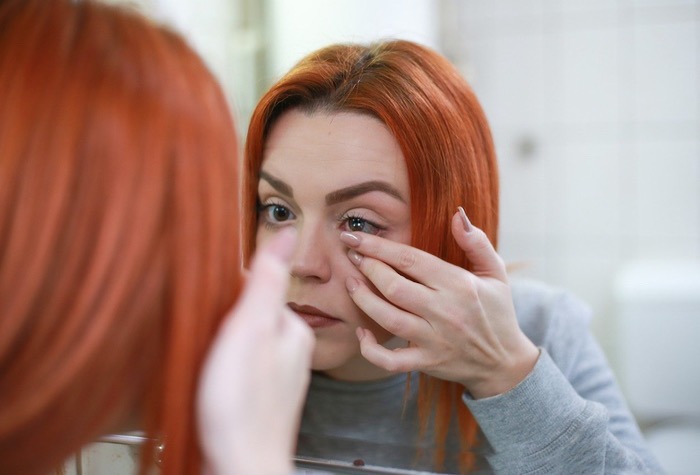
Many people depend on contact lenses for sight instead of wearing glasses. But they also serve other purposes, especially smart contact lenses. They can even be used to produce a digital image for the user. A smart contact lens has been developed that will help medically by monitoring for diabetes and strokes.
New Smart Contact Lens
British, American, and Chinese scientists worked together to design a smart contact lens that will measure chemicals in tear fluid to monitor heart disease and diabetes. The lens includes an electronic mesh that has detectors for light, temperature, and glucose.
The intention of the researchers is for the lens to be helpful in times of medical emergencies. Dr. Yunlong Zhao of the Advanced Technology Institute at the University of Surrey explained, “The COVID-19 pandemic has had an enormous impact on the entire scientific community, with many of us asking how our work could help those suffering from similar future medical emergencies.”
He added that they “are confident that devices that utilize our sensor layer system could be used as a non-invasive way to help monitor and diagnose people’s health.”

The National Physical Laboratory in London, Harvard University, George Washington University, and the University of Science and Technology of China worked together and published their findings in the Matter journal.
Harvard researcher Dr. Shiqi Guo said, “Our ultra-thin sensor layer is different from the conventional smart contact lenses with their rigid or bulk sensors and circuit chips that are sandwiched between two contact lens layers and make contact with tear fluids via microfluidic sensing channels.
“This new layer could instead be mounted on to a contact lens and maintain direct contact with tears, thanks to its easy assembly, high-detection sensitivity, good biocompatibility, and mechanical robustness. Further, it doesn’t interfere with either blinking or vision.”
Prior Iterations
As mentioned earlier, this is not the first smart contact lens. It’s a new IoT technology that is taking off.
Another smart contact lens is more of a “wearable.” California startup Mojo Vision has poured millions into the development of a lens with an LED display that uses a processor from a British chip designer.

It’s advertised as the world’s smallest LED display with 300 pixels in 1/2 a millimeter. A thin-film battery and an antenna are integrated into the lens. These allow it to communicate with a computing/battery pack. This would also allow it to connect to a smartphone for the purpose of streamed content to the LED display.
Mojo head of product, Steve Sinclair, said, “We have to build something that shows you information that doesn’t distract you, helps you, goes away when you don’t need it, and stays off when you don’t want it.”
Both of these lenses point to something very exciting. If a smart contact lens can be developed to help medically and another to provide entertainment, what else could a smart contact lens do? The possibilities appear endless.
Read on for a discussion on whether smart contact lenses could be better than smart glasses.







